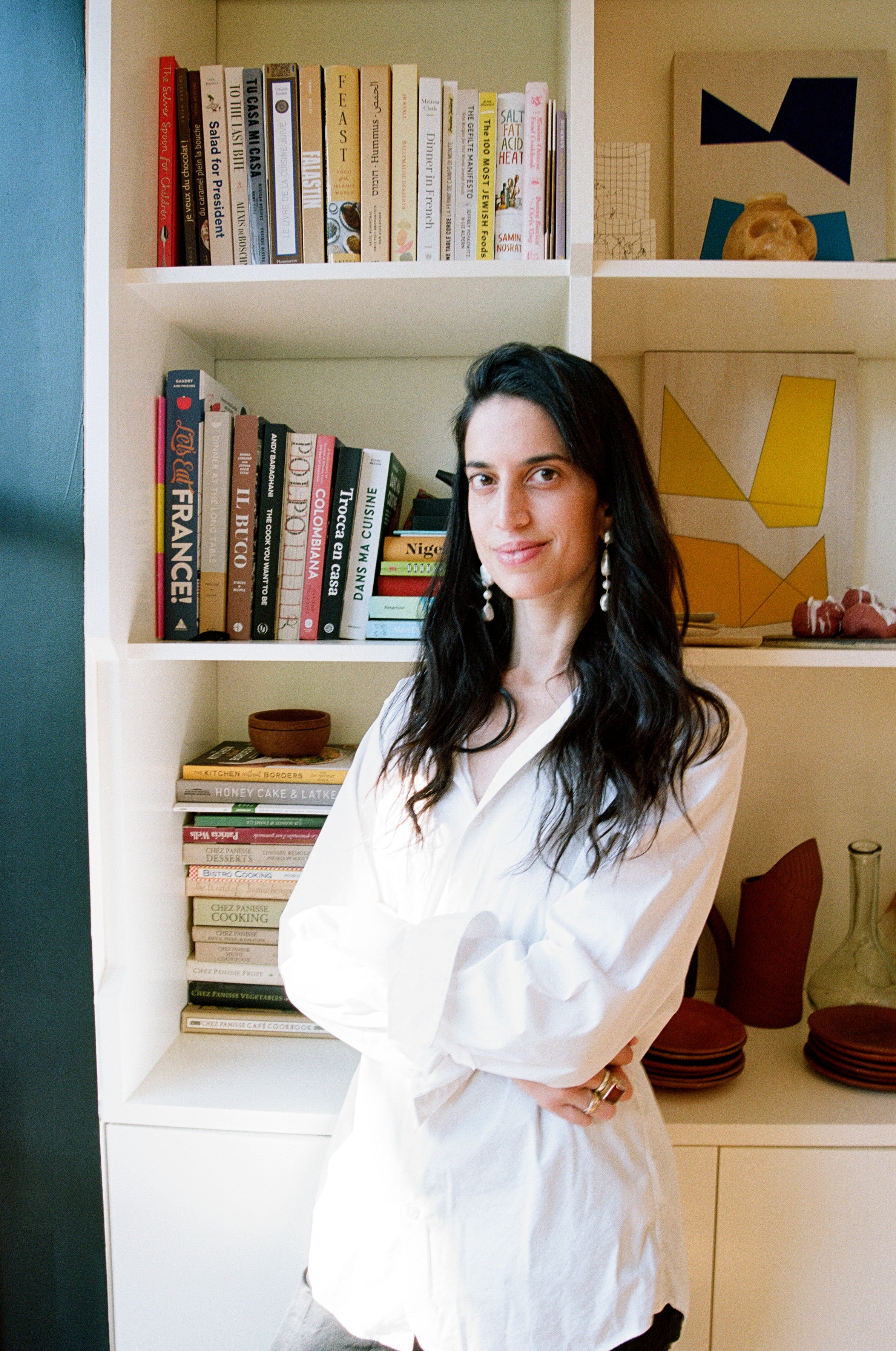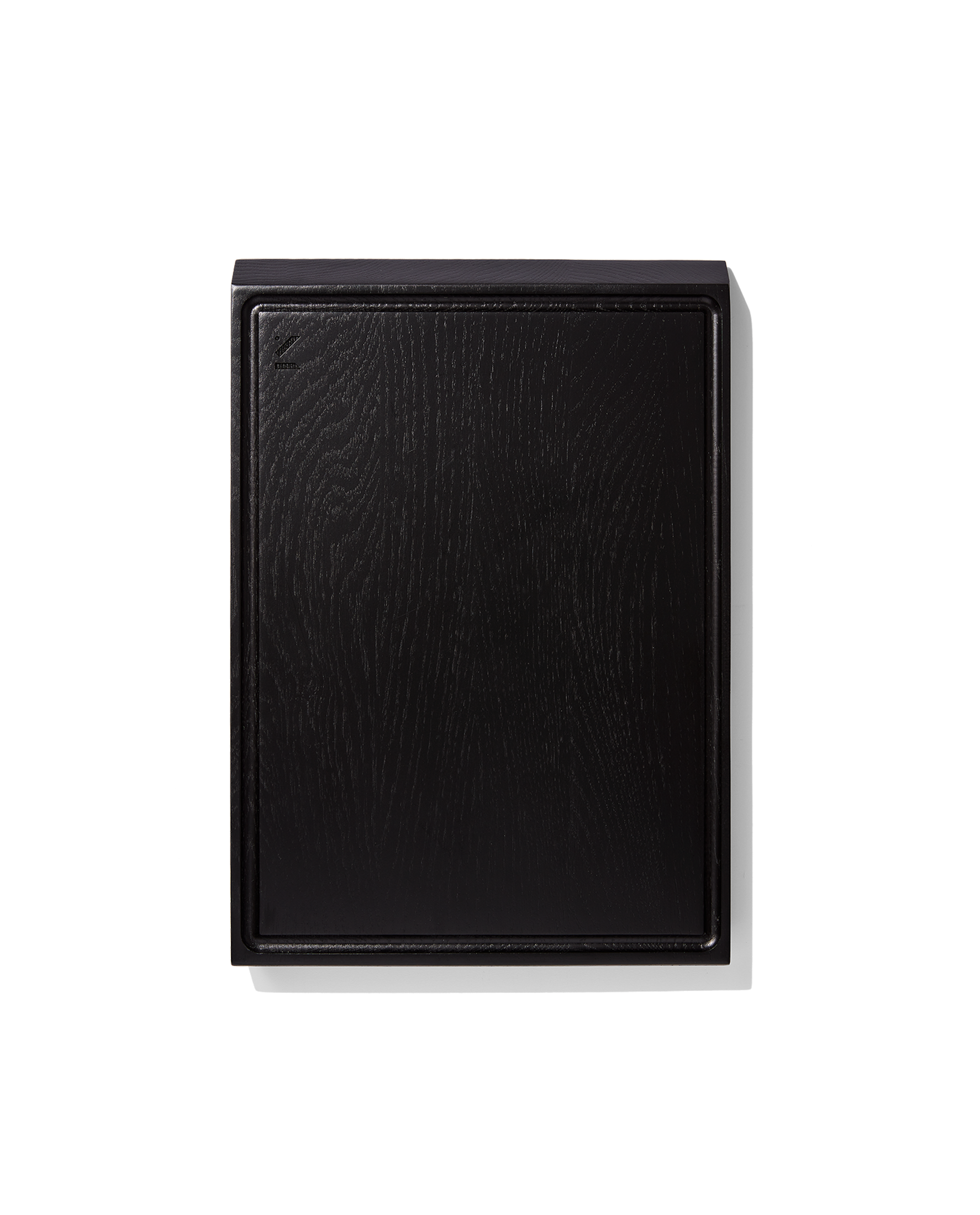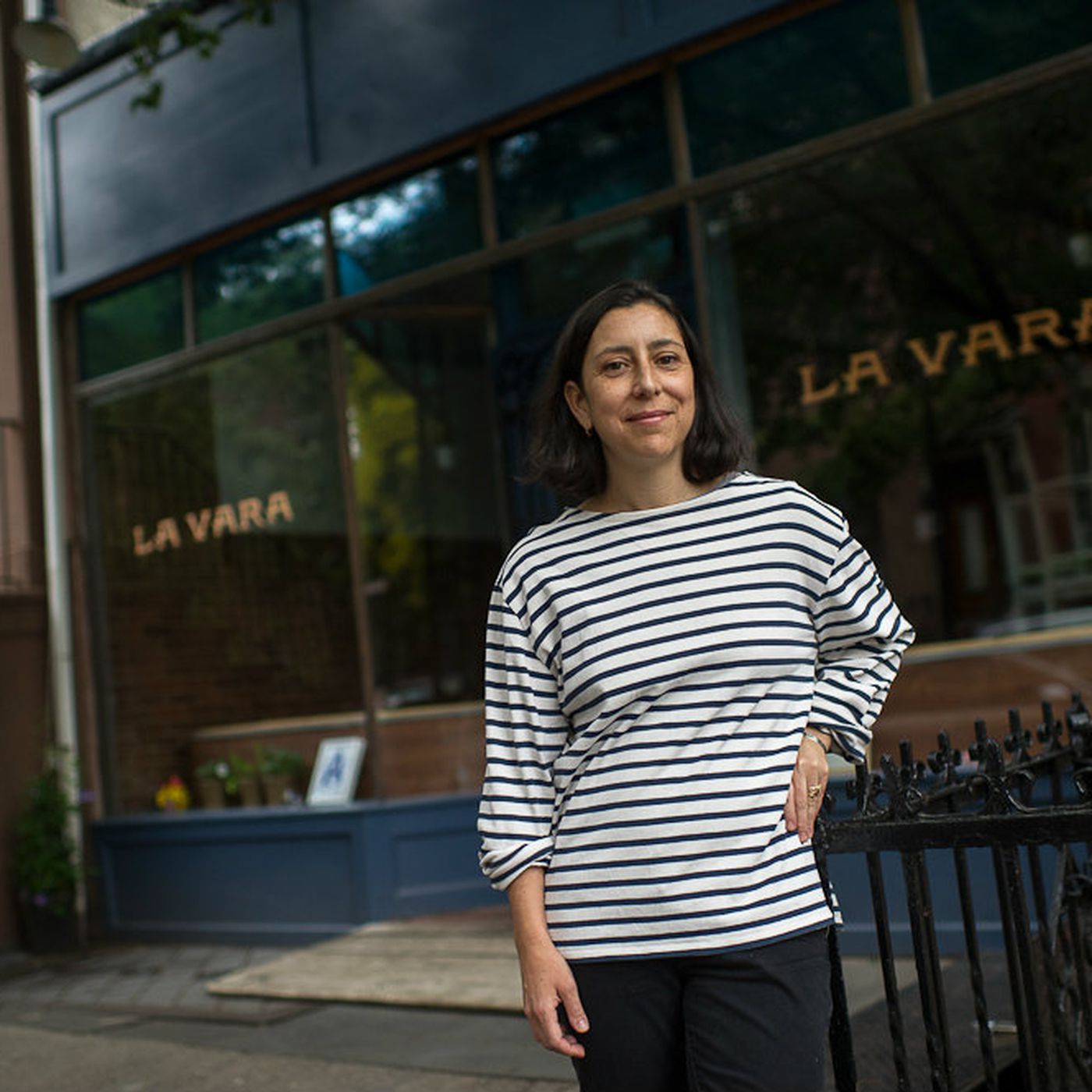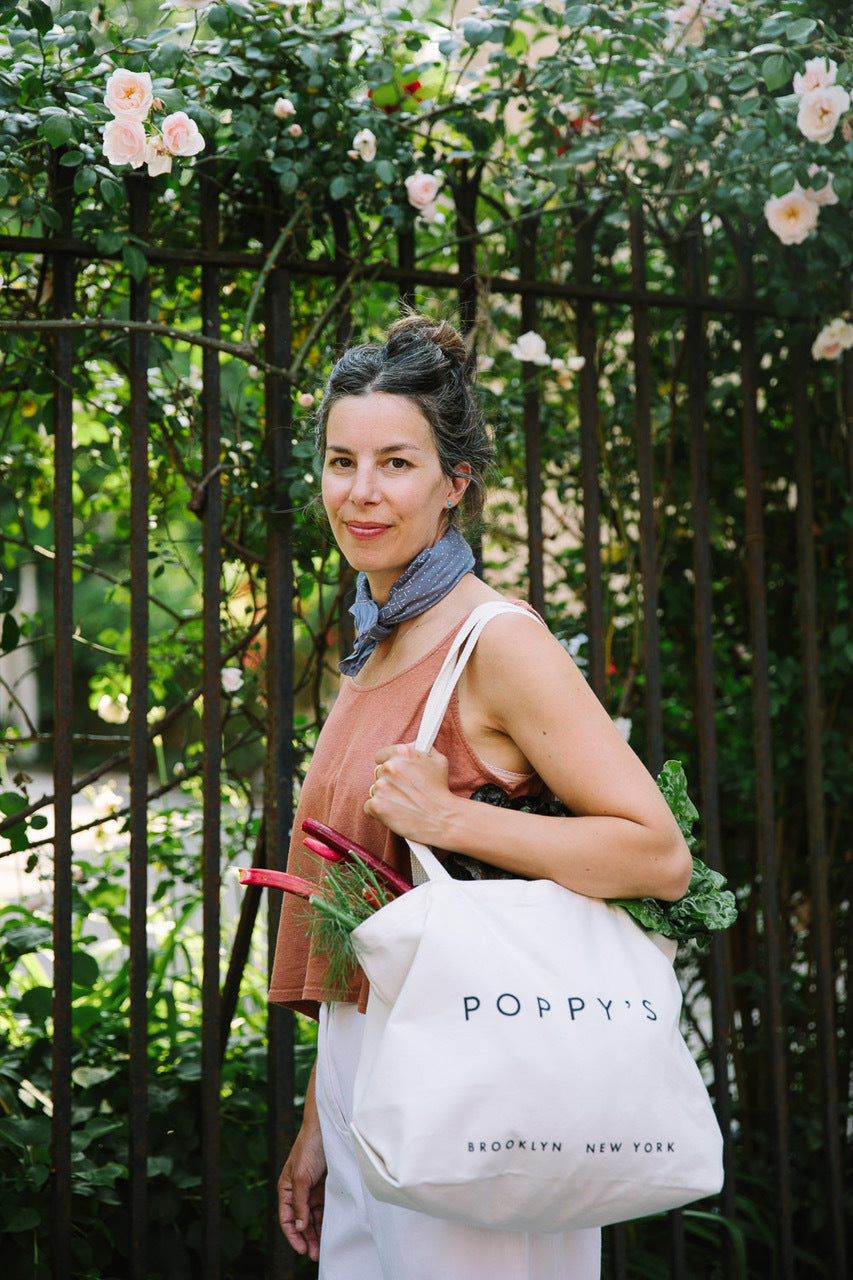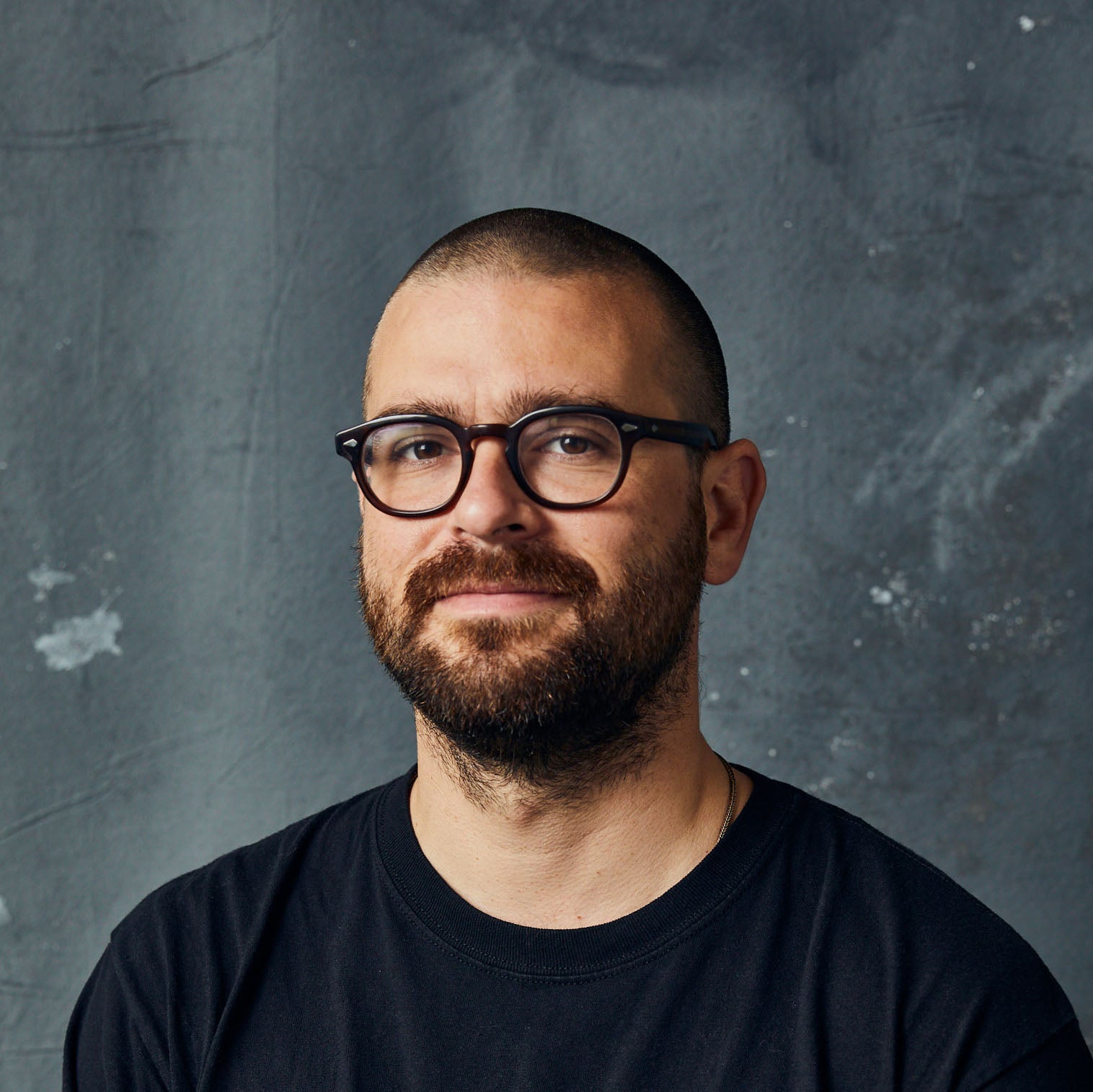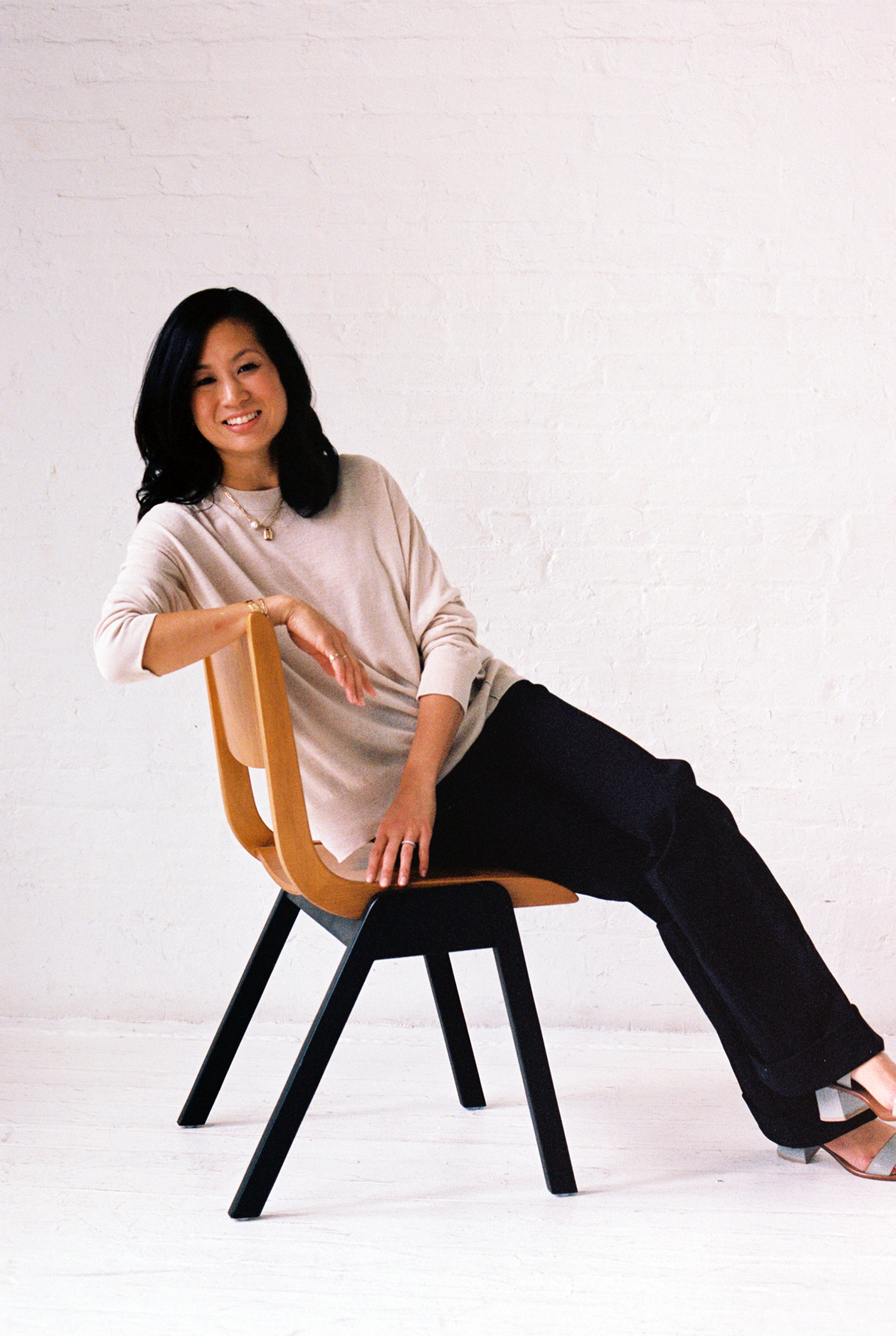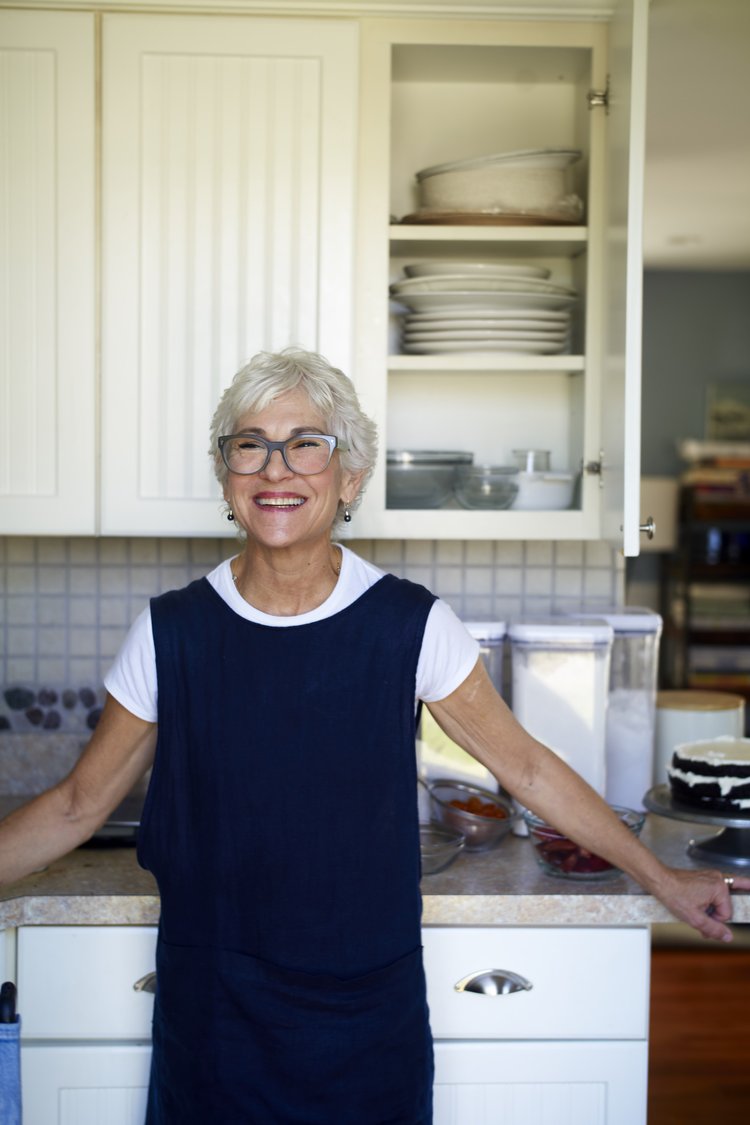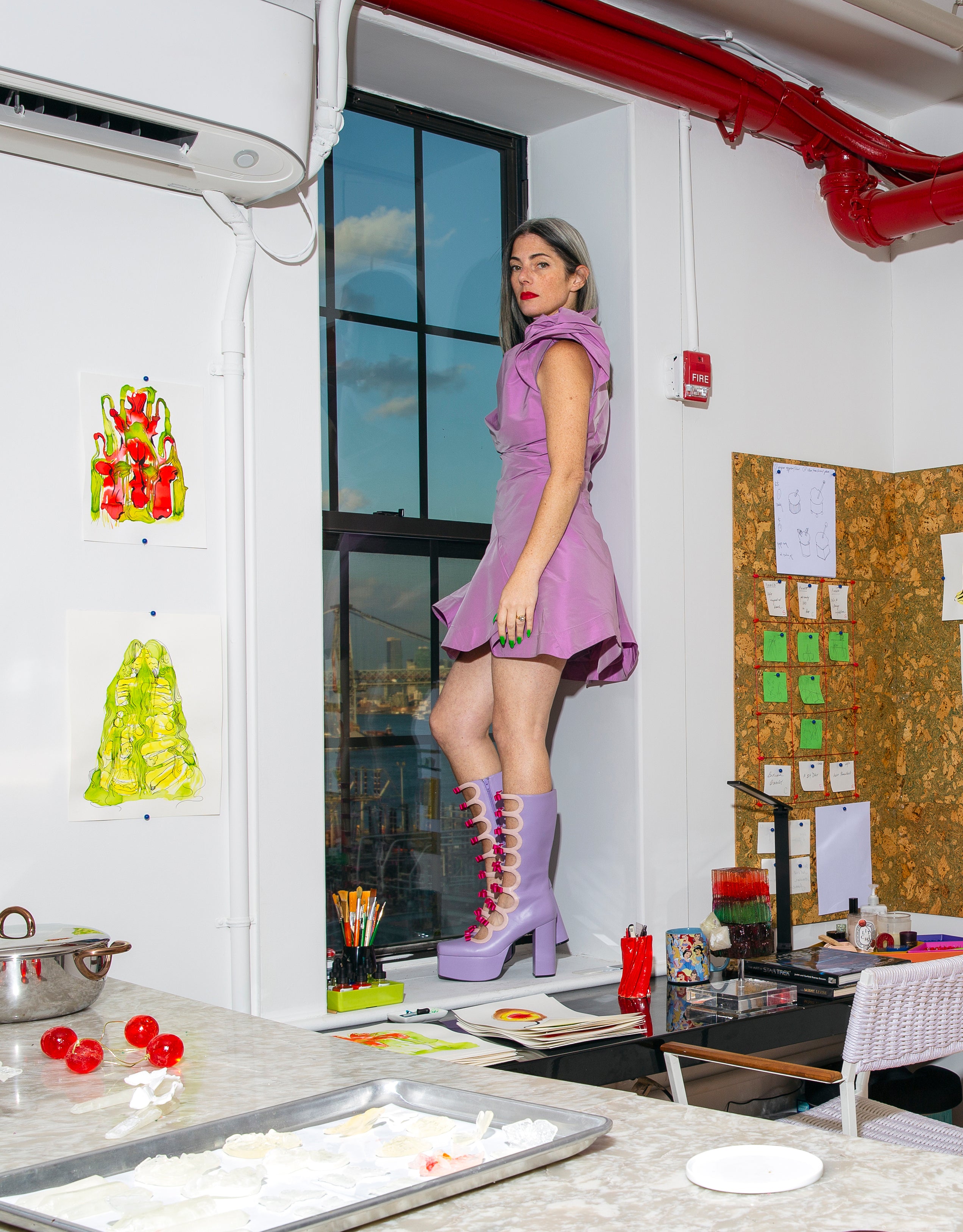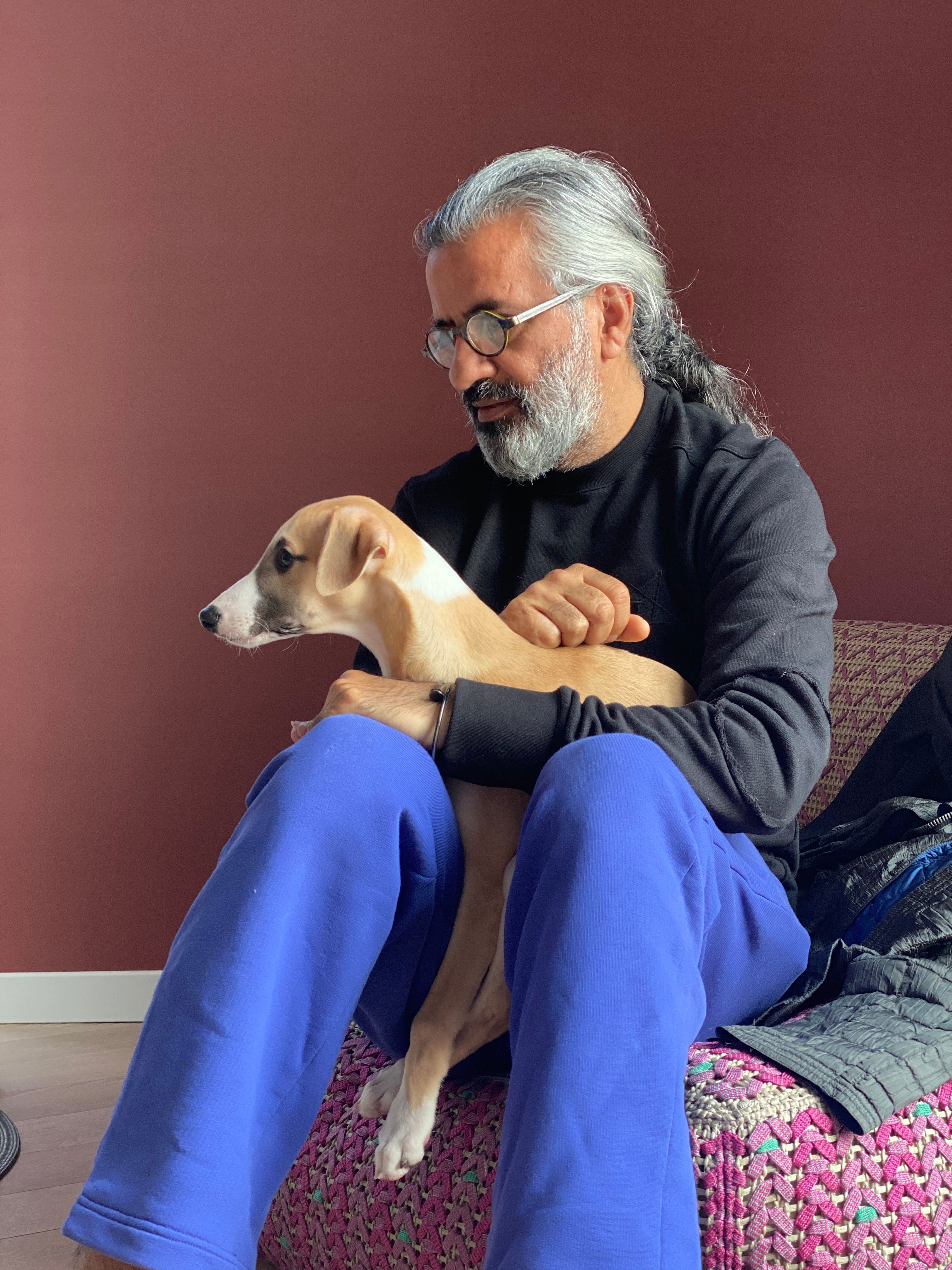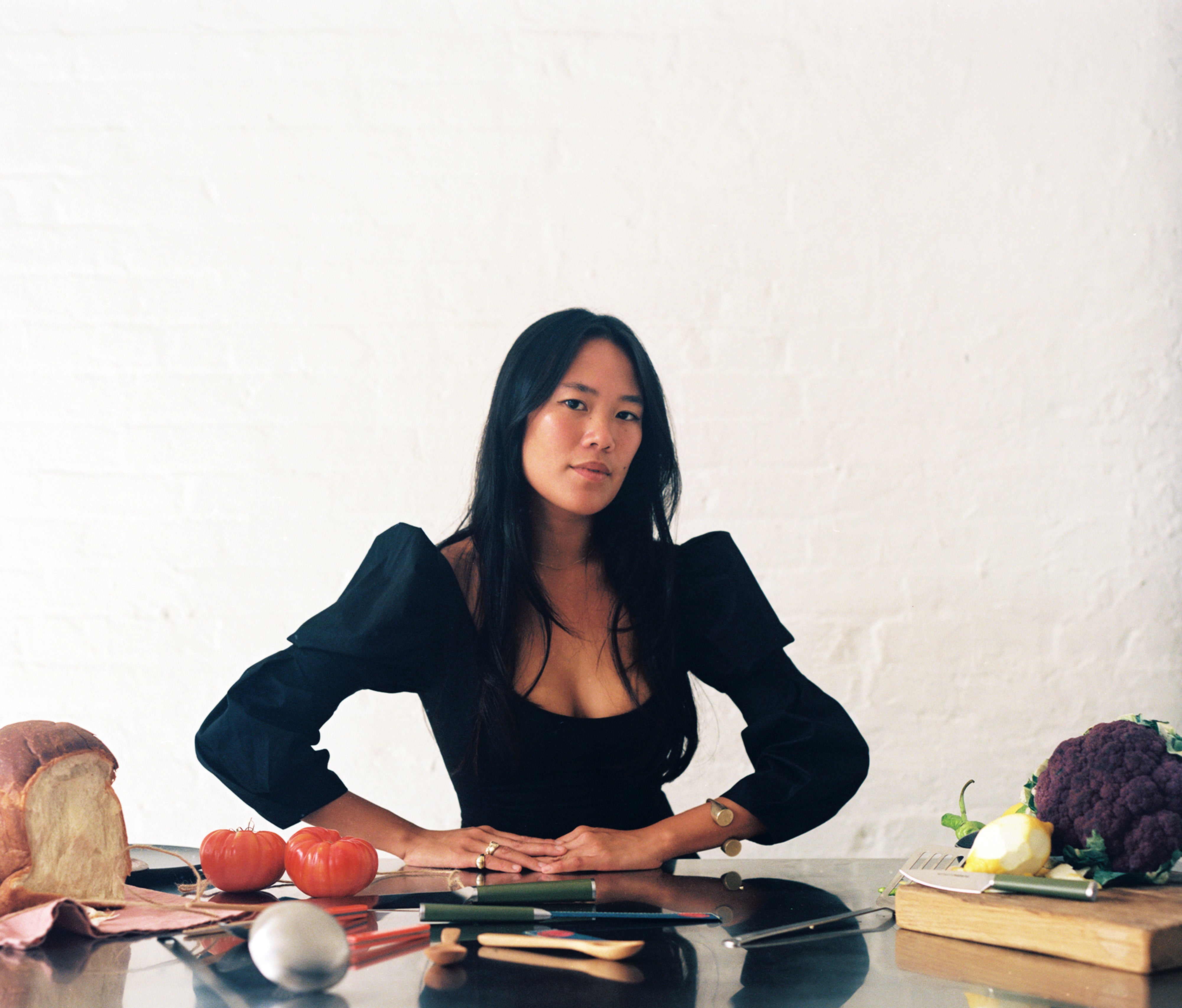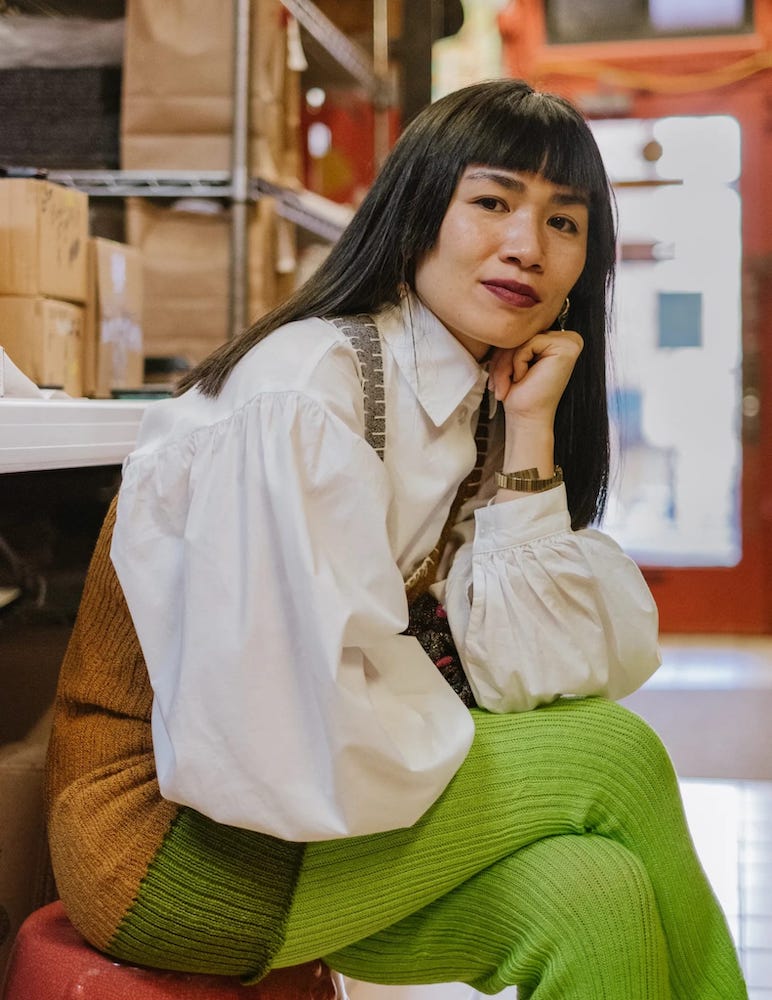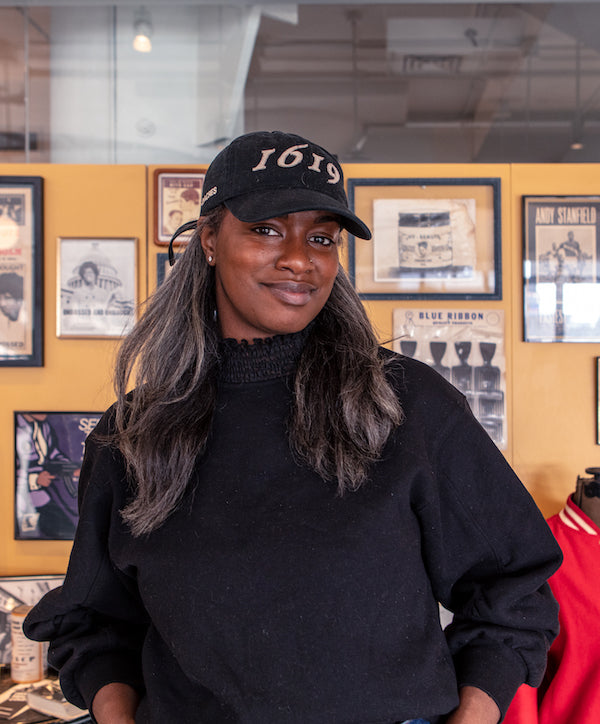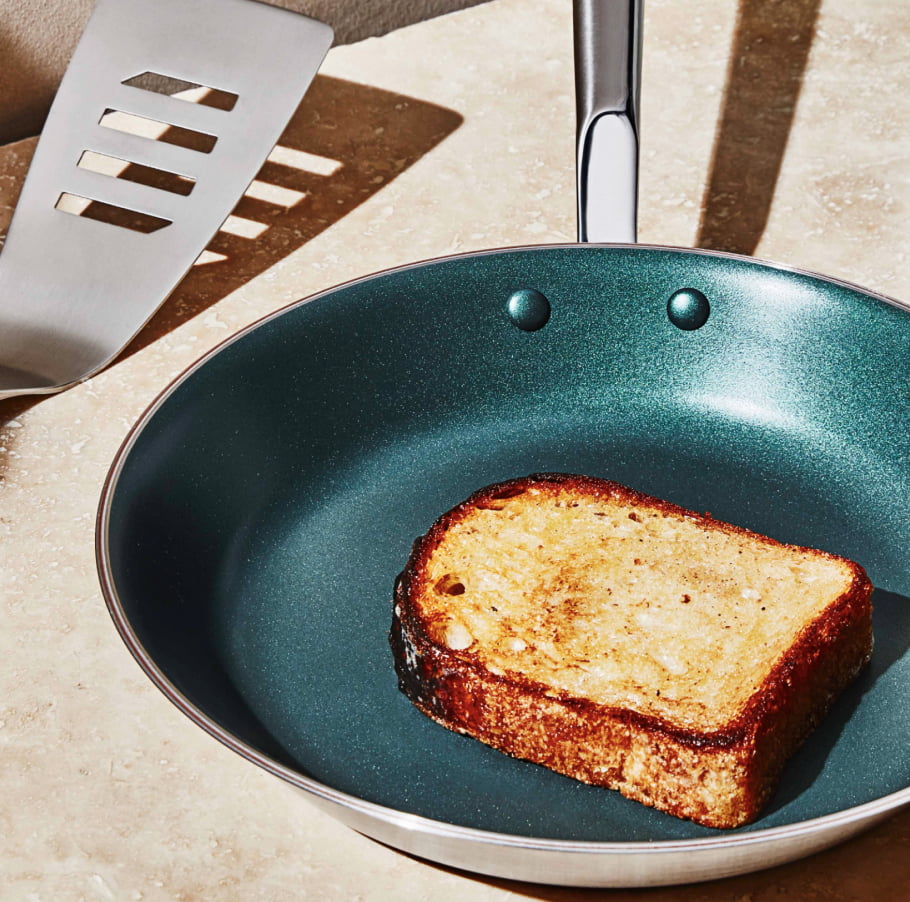What's the most important item in your home? In our series Material Object, we explore that very question, asking some of our favorite people which of their possessions connect them to their past, to their family, and to themselves.
Anna Polonsky is the founder and creative director of Polonsky & Friends, a design studio, and the co-founder of The Deligram, a platform spotlighting New York’s most interesting food makers. Below, Anna shares the story behind her silver serving platter.
The first time my mother was married, in Paris about fifty years ago, the tradition was that the bride provided a dot, or a dowry, upon the wedding. My mom had a pretty rough childhood, growing up in an austere Catholic family. When she was just twenty, she married the first guy she could, a sweet Swiss man, to get out of her house.

The marriage didn’t last but from their brief union, I inherited both Swiss citizenship and a set of argenterie, or silverware, that was part of the dot. Through her life, a second marriage and a third, her most rebellious yet, to my father Claude, a Jew with a rocky past, she carried this argenterie with her. Often argenterie is passed on after someone dies but my mother had just grown tired of the constant polishing silverware demands and I, who had just moved to my house in Bed-Stuy and started a family of my own, was happy to have it.
"A platter like this can’t help but create a community around it. You put a mass of food on it and everyone comes together to share the feast."
Among the fish forks, salad forks, fork forks, dessert forks, butter knives, knives, spoons, soup spoons and the rest, my most prized piece of the set is a large heavy oval silver platter with engravings around the edge. This has become the centerpiece when we -- my husband Fefo and I and now our son -- entertain. A platter like this can’t help but create a community around it. You put a mass of food on it and everyone comes together to share the feast. It forces you to eat family-style. What I love about this platter in particular is that every meal I serve on it becomes a story and the platter itself a character. Not just because it carries with it the story of my own family, of my mother’s life before she met my father, of their life together, but because, almost magically, the platter becomes part of the story of whatever it bears. When we have a Passover seder, I’ll make a lamb shank and serve it on the platter. It’s as if I’m channeling my Polish family. On Christmas, we’ll make my father Claude’s morel cream chicken and it feels right. Sometimes it’s fresh tagliatelle. Fefo, who is a chef, loves to make pavlova and serve it on the platter. But it works just as well with panna cotta or sablés and chocolates. Anything we set atop it feels authentic.

"Unlike china or porcelain, silver requires constant attention. It fades and grows dull if you don’t polish it. I find a lot of comfort in caring for this platter for it is a reminder to be mindful and to treasure what is precious."

Fefo and I entertain often. Almost every week we have friends over for dinner. Sometimes those gatherings are large and sometimes they’re intimate. Even on nights when it’s just the three of us, I’ll use the platter. It elevates even the most simple meal into a dinner ritual. Unlike china or porcelain, silver requires constant attention. It fades and grows dull if you don’t polish it. I find a lot of comfort in caring for this platter for it is a reminder to be mindful and to treasure what is precious. And in return, the platter gives back to me, not just my own reflection but a reflection of my family and friends surrounding it, characters in the story I write with my life.
